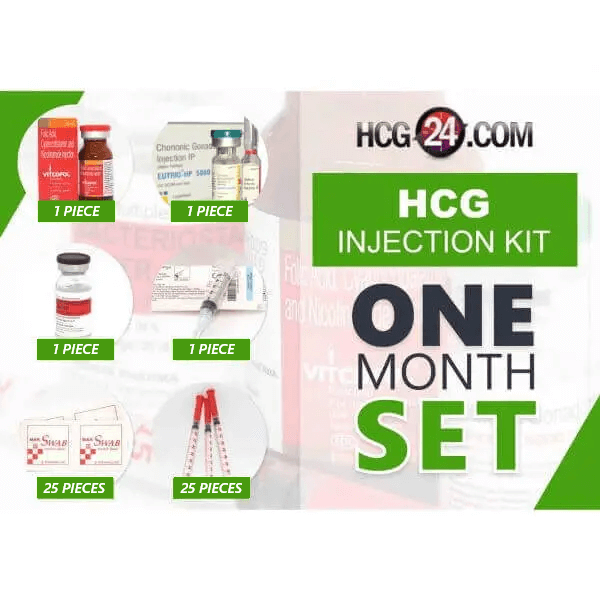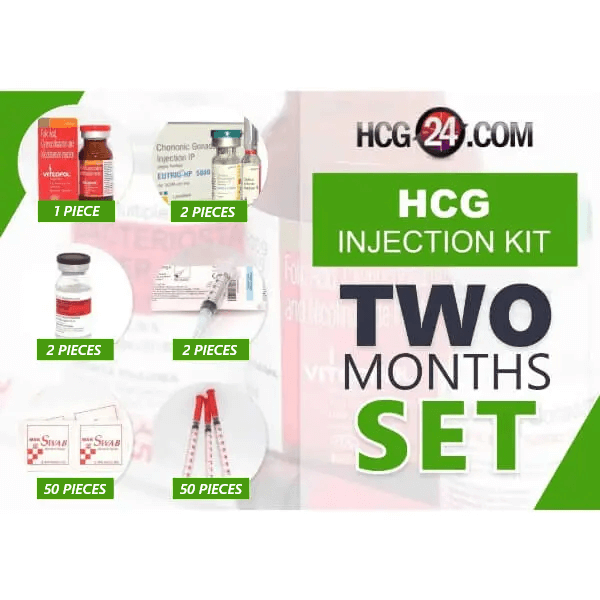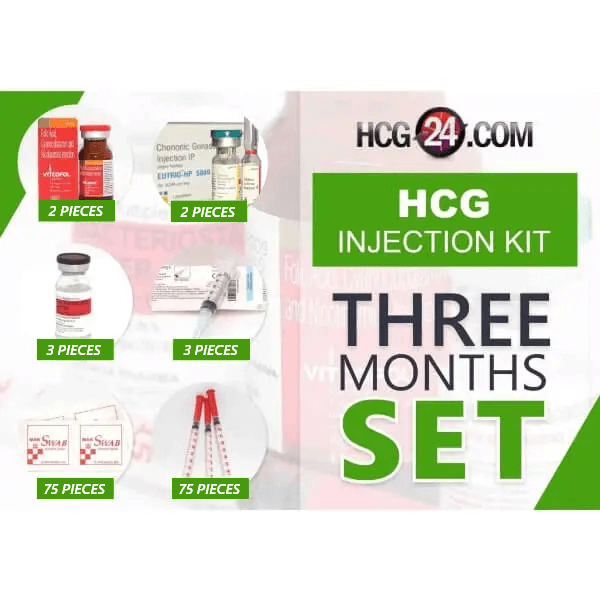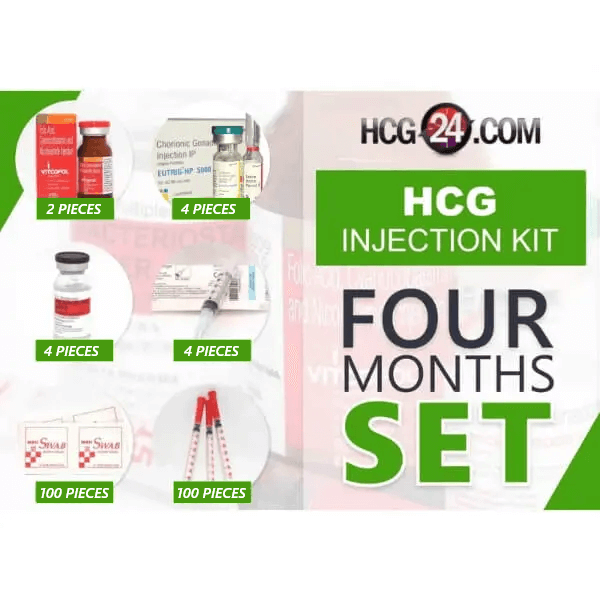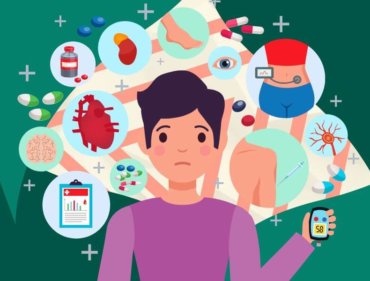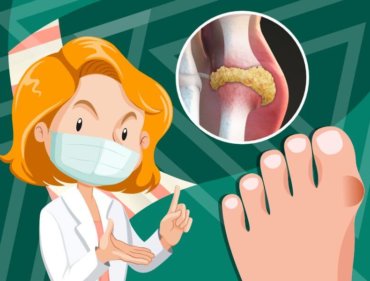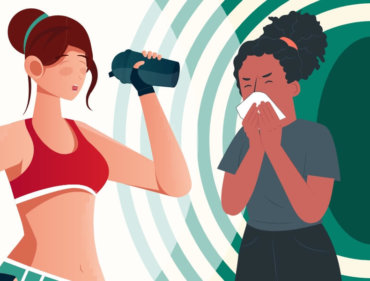The HIV epidemic continues to take a toll on young people. Every day, 2,500 young people are newly infected with HIV. With the availability of antiretroviral treatment and HIV services increasing, a greater number of children are now reaching the age of puberty after acquiring HIV perinatally.
Whether behaviorally or perinatally infected, they require innovative public health strategies that respond to their unique developmental and health needs. Adolescents living with HIV infection need lifelong HIV care and treatment, including psychosocial support.
How Is HIV Spread from Person to Person?
- Having vaginal or anal sex with someone who has HIV. Unprotected sex or not taking medicines to prevent or treat HIV increases the transmission factor of the infection. Note that anal sex is riskier than vaginal sex.
- Sharing injection drug equipment. Using unsterilized needles and other equipment from someone who has HIV increases your risk of getting the infection.
HIV can also spread in less typical ways such as;

- From mother to child during pregnancy, birth, or breastfeeding. Using HIV medicines and other strategies can help lower the risk of mother-to-child transmission of HIV. to 1% or less in the United States.
- Getting stuck with an HIV-contaminated needle or other sharp objects. This is a risk mainly for health care workers.
- Having oral sex. But in general, the chance that an HIV-negative person will get HIV from oral sex with an HIV-positive partner is extremely low.
- Contact between broken skin, wounds, or mucous membranes and HIV-infected blood or blood-contaminated body fluids.
Six Care and Prevention Tips for HIV
- Use treatment as prevention (TasP). If you’re living with HIV, taking HIV medication can keep your partner from becoming infected with the virus. Using TasP means taking your medication exactly as prescribed and getting regular checkups.
- Use post-exposure prophylaxis (PEP) if you’ve been exposed to HIV. Taking PEP as soon as possible within the first 72 hours can greatly reduce your risk of becoming infected with HIV.
- Use a new condom every time you have sex. Use a new condom every time you have anal or vaginal sex. Condoms also prevent STDs and unwanted pregnancy.
- Consider preexposure prophylaxis (PrEP). People at very high risk for HIV infection can reduce their risk of infection with the combination of drugs recommended by their doctor.
- If you’re pregnant, get medical care right away. An HIV-positive woman can transfer the infection to her child. But if you receive treatment during pregnancy, you can significantly cut your baby’s risk.
- Consider male circumcision. Evidence suggests that circumcision can reduce the risk of HIV infection.
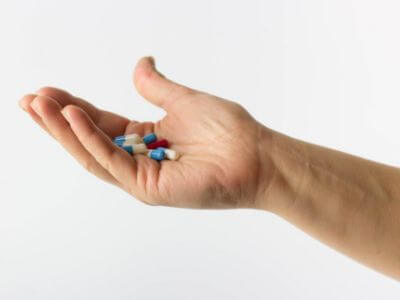
Treatment for HIV
Currently, there’s no cure for HIV/AIDS. Once you have the infection, your body can’t get rid of it. However, many medications can control HIV and prevent complications. No matter the stage of health complications or infection, all people diagnosed with HIV should receive ART.
HIV Treatment Response
HIV treatment effectiveness is assessed by monitoring your viral load and CD4 T cell count. To treat you effectively, the viral load must be reduced so that it cannot be detected in the blood. That doesn’t mean your HIV is gone. HIV is present in some parts of your body even if it is not visible in your blood, such as lymph nodes and internal organs.

